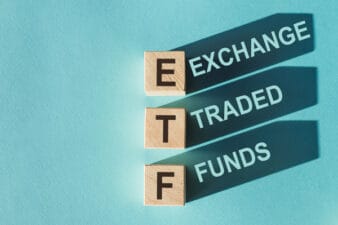Enbridge Inc. (TSX:ENB)(NYSE:ENB) stock has fallen ~26% in the last 12 months and ~35% from its five-year high. What will it take for the stock to turn around?
The energy infrastructure sector in general has been under pressure. However, the stock of TransCanada Corporation (TSX:TRP)(NYSE:TRP), Enbridge’s competitor, has held up better.
Does Enbridge really have high debt levels?
The pressure on Enbridge stock might have to do with increasing interest rates, as the company is perceived to have higher debt levels. However, when compared with TransCanada, Enbridge actually looks better on half of the following metrics.
At the end of 2017, TransCanada’s debt-to-asset ratio was 0.68, its debt-to-equity ratio was 2.76, its cash-flow-to-debt ratio was 0.09, and its debt to EBITDA was 4.7 times, while Enbridge’s debt-to-asset ratio was 0.61, its debt-to-equity ratio was 1.71, its cash-flow-to-debt ratio was 0.07, and its debt to EBITDA was 6.3 times.
Notably, Enbridge’s lower cash-flow-to-debt ratio might have to do with the fact that it completed its huge merger of Spectra Energy Corp. on February 27, 2017. When we see a full year of contribution from Spectra Energy Corp. this year, Enbridge’s cash-flow-to-debt metric should align better with TransCanada’s.
By the end of the year, Enbridge expects that its cash flow will allow it to deleverage and reduce its debt to EBITDA to five times, which will then be better aligned with TransCanada’s debt to EBITDA.

Lots of moving parts in Enbridge’s capital program funding
Last year, Enbridge raised nearly $14 billion of capital for its growth plan, of which $5 billion was equity or equity equivalent funding, which caused some dilution in the stock. This year, Enbridge plans to raise funds by issuing $3.5 billion of hybrid securities, which could further dilute shareholders, as well as sell +$3 billion of non-core assets.
Assuming all of the above goes well, the company still has to raise $1.5 billion for its growth plan from additional hybrid equity, asset sales, or issuances of common shares under the company’s dividend-reinvestment plan. So, all of these moving parts to its funding program may have gotten some investors nervous about the stock.
Dividend growth
Enbridge has increased its dividend for 22 consecutive years with impressive five-year and 10-year dividend-growth rates of 16.4% and 14.6%, respectively. The company increased its dividend by 15% last year and by 10% this year. And the company aims to grow its dividend on average by 10% per year through 2020.
However, with the uncertainty around its capital program, the market wonders if Enbridge will have sufficient capital for both its growth plan and its dividend-growth targets.
Investor takeaway
If Enbridge is able to reduce its debt to EBITDA to five times by the end of the year, show more clarity for its capital program funding over time, and keep to its word on growing its dividend by 10% per year, the stock should start turning around. In fact, the stock might already have hit a bottom at ~$38 per share early this month and could be an excellent value here.







